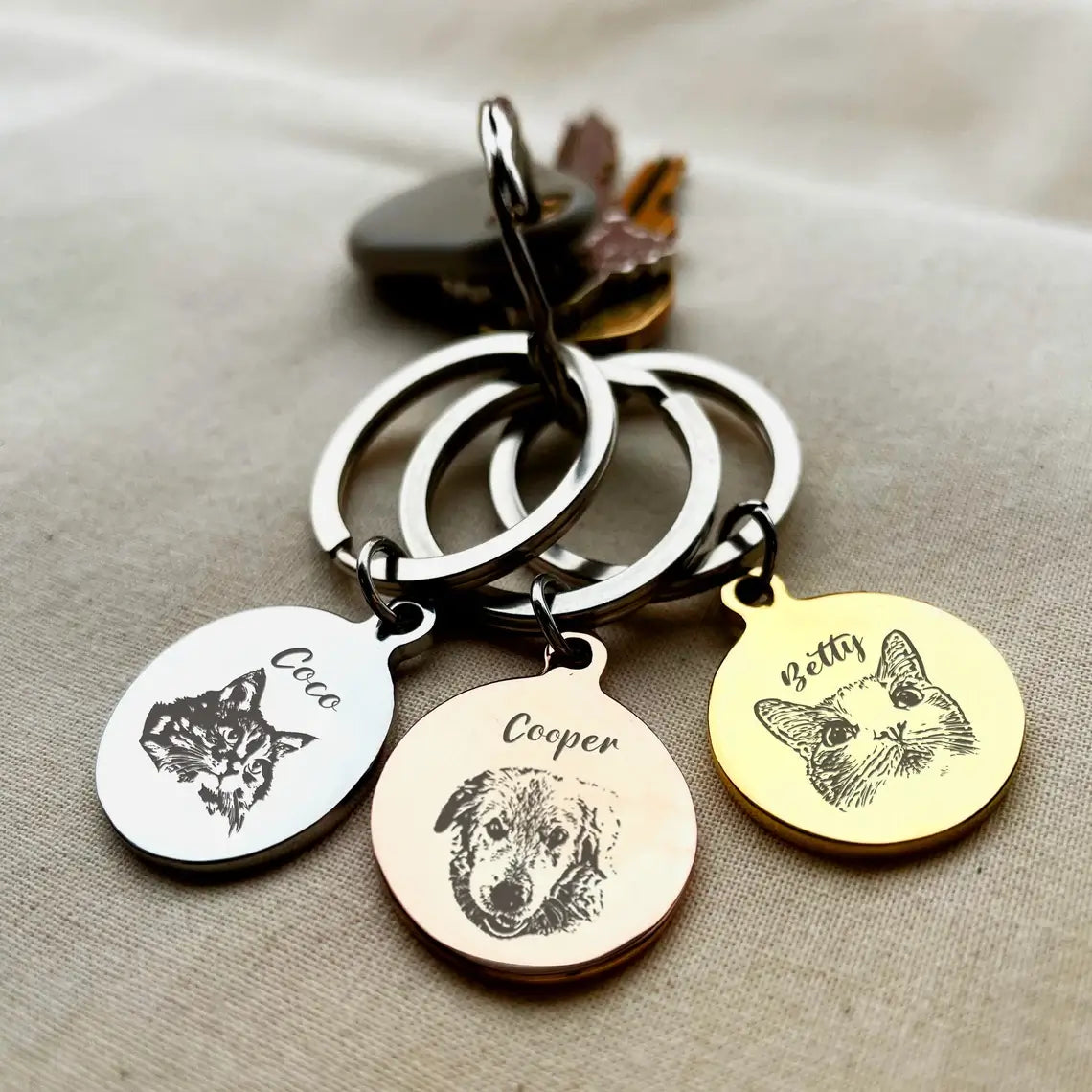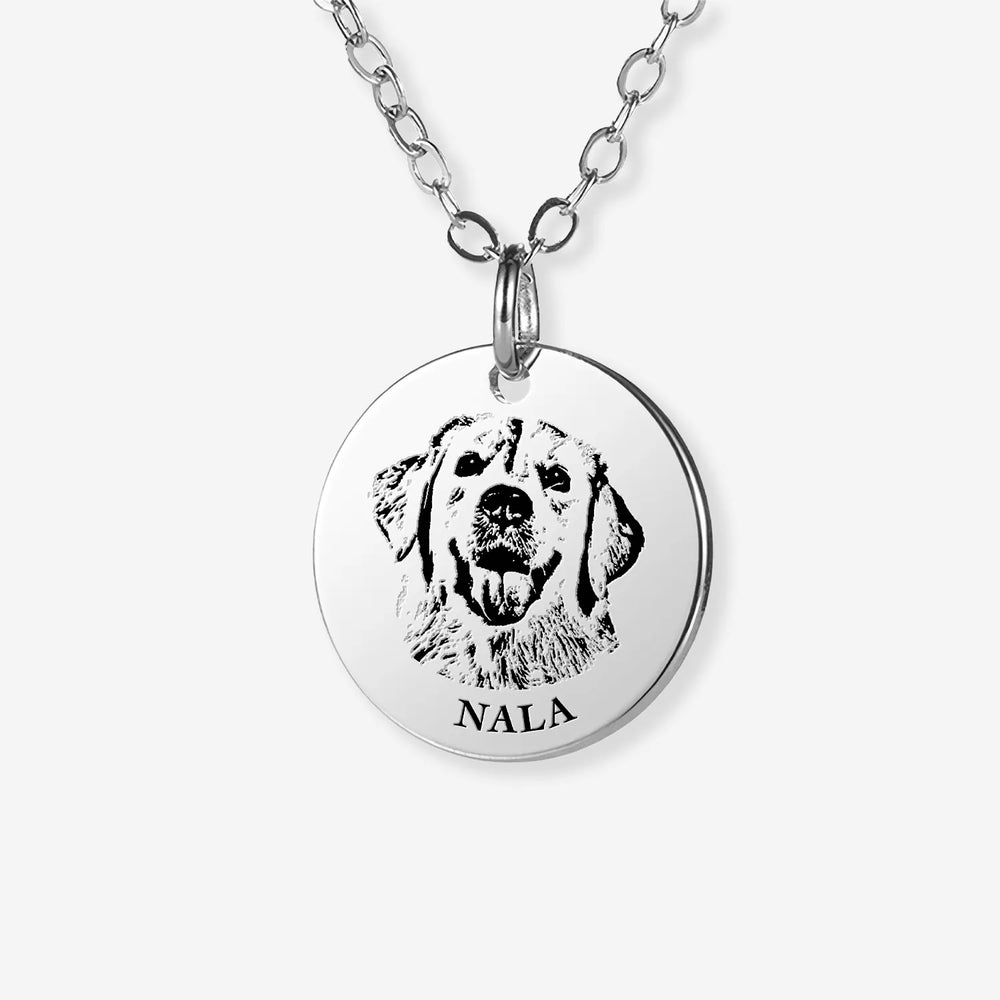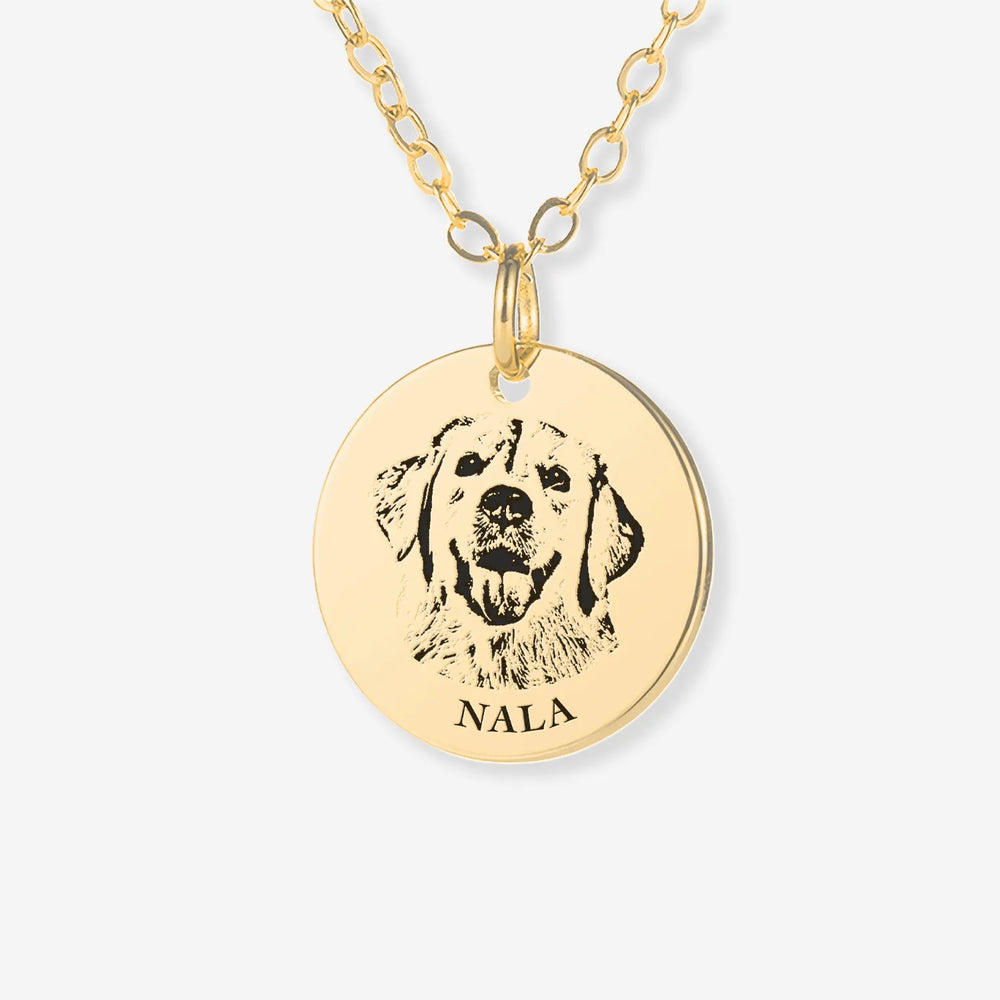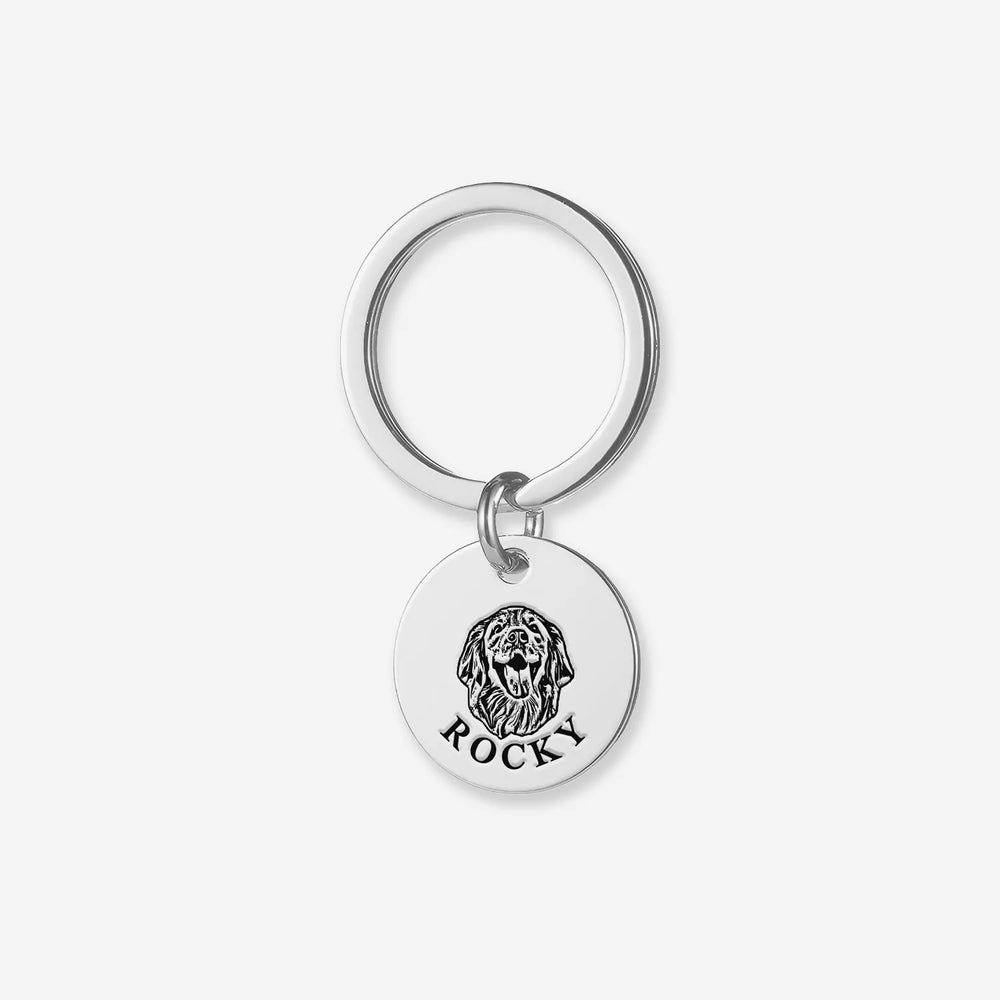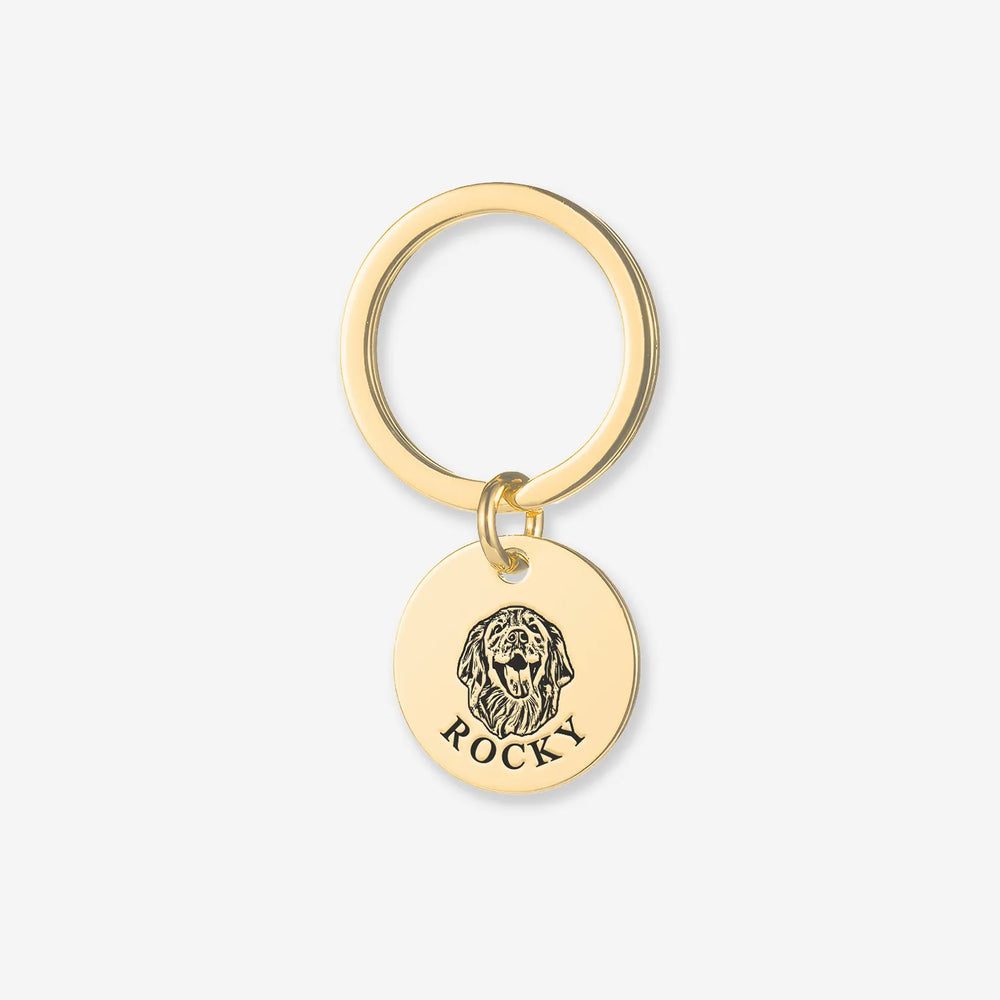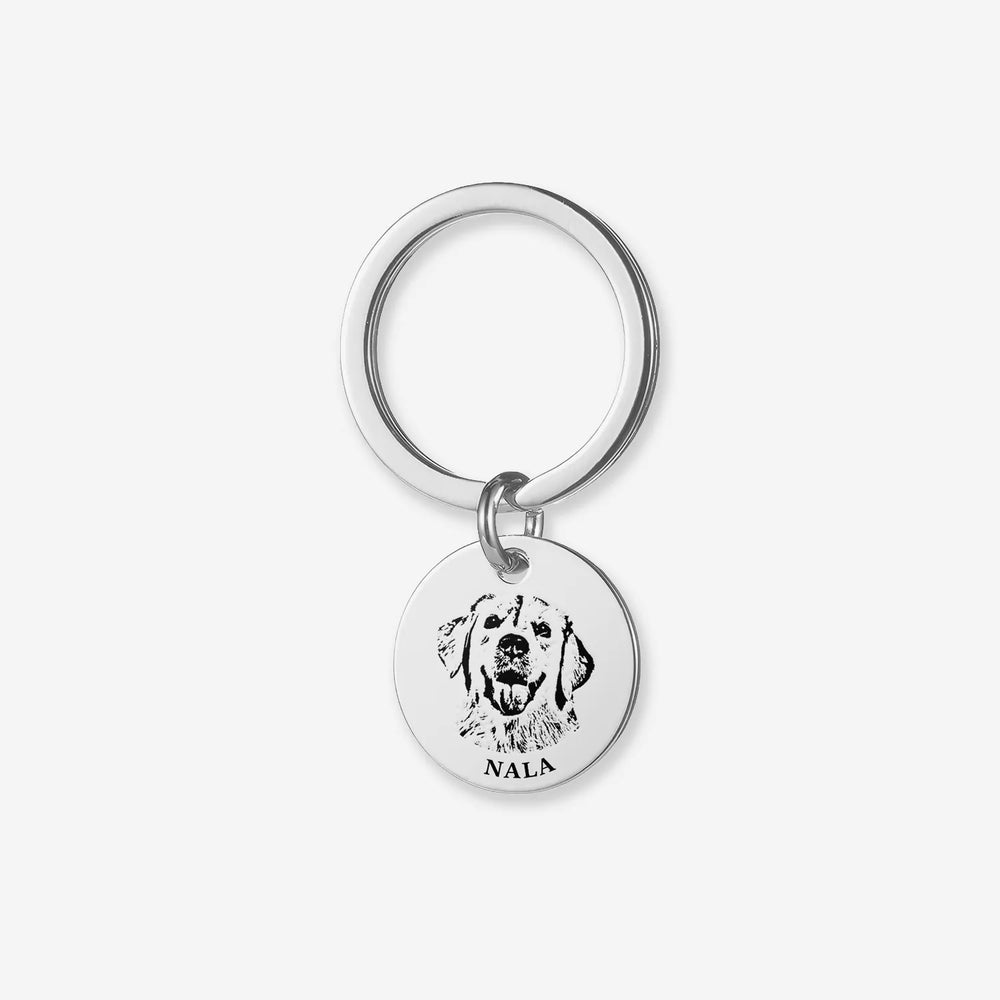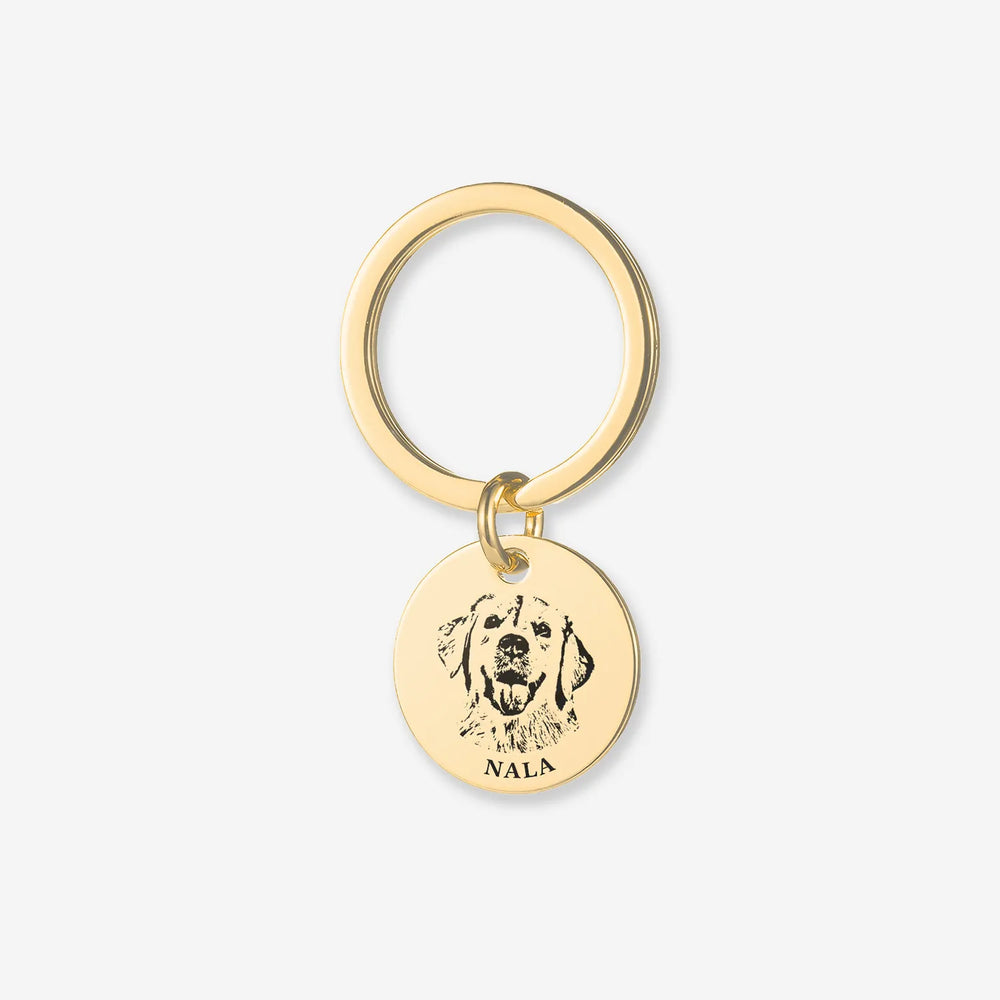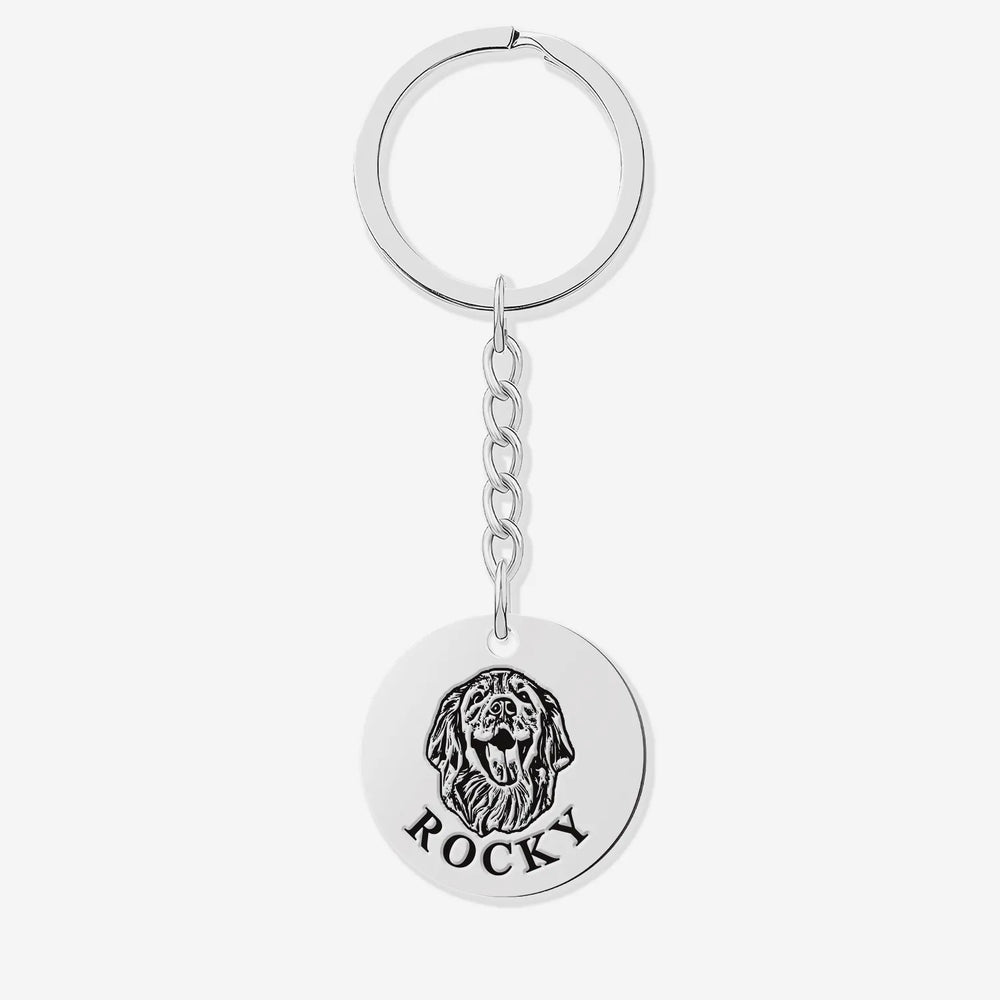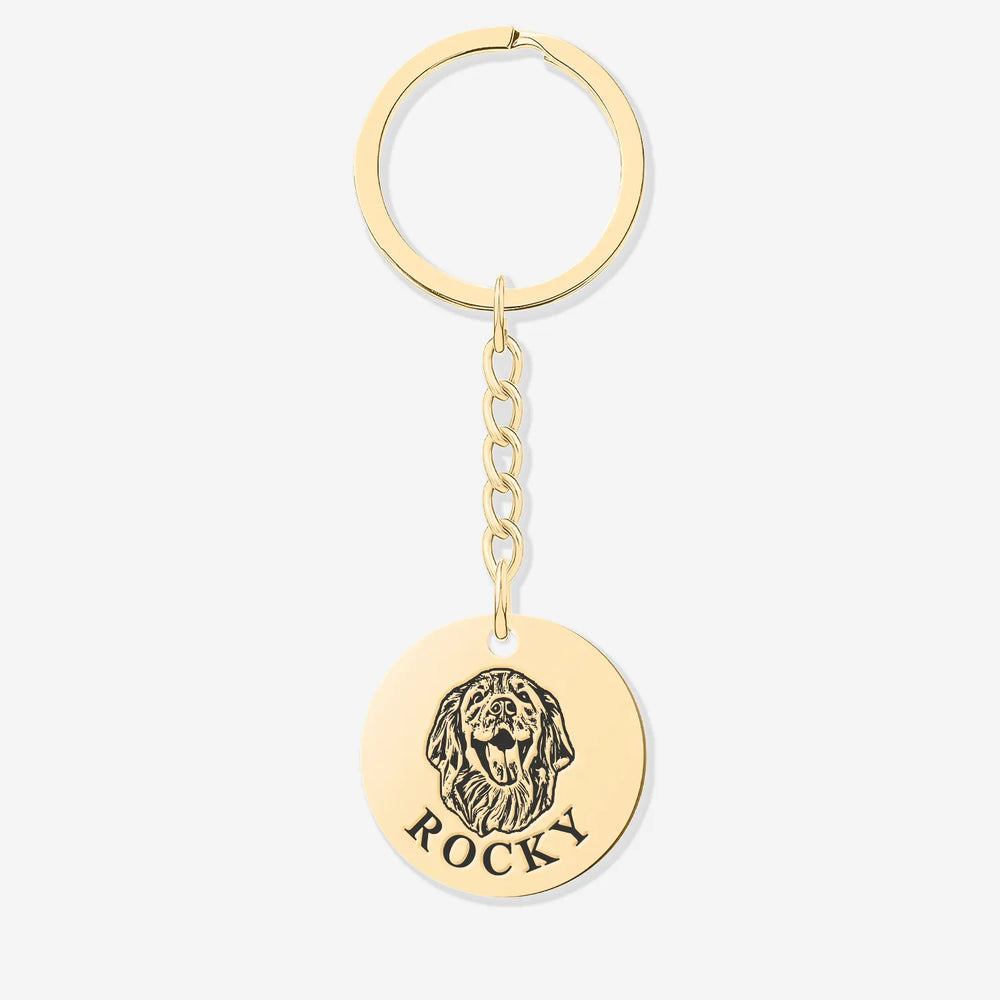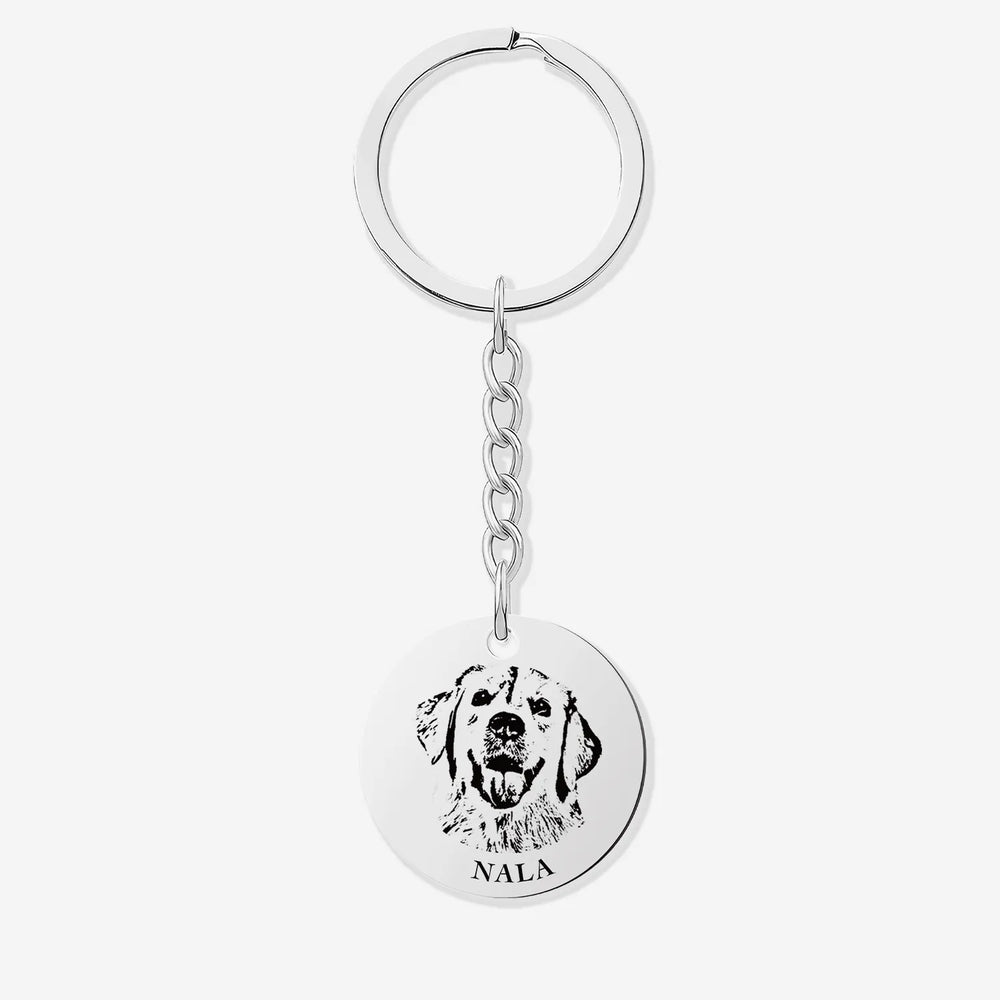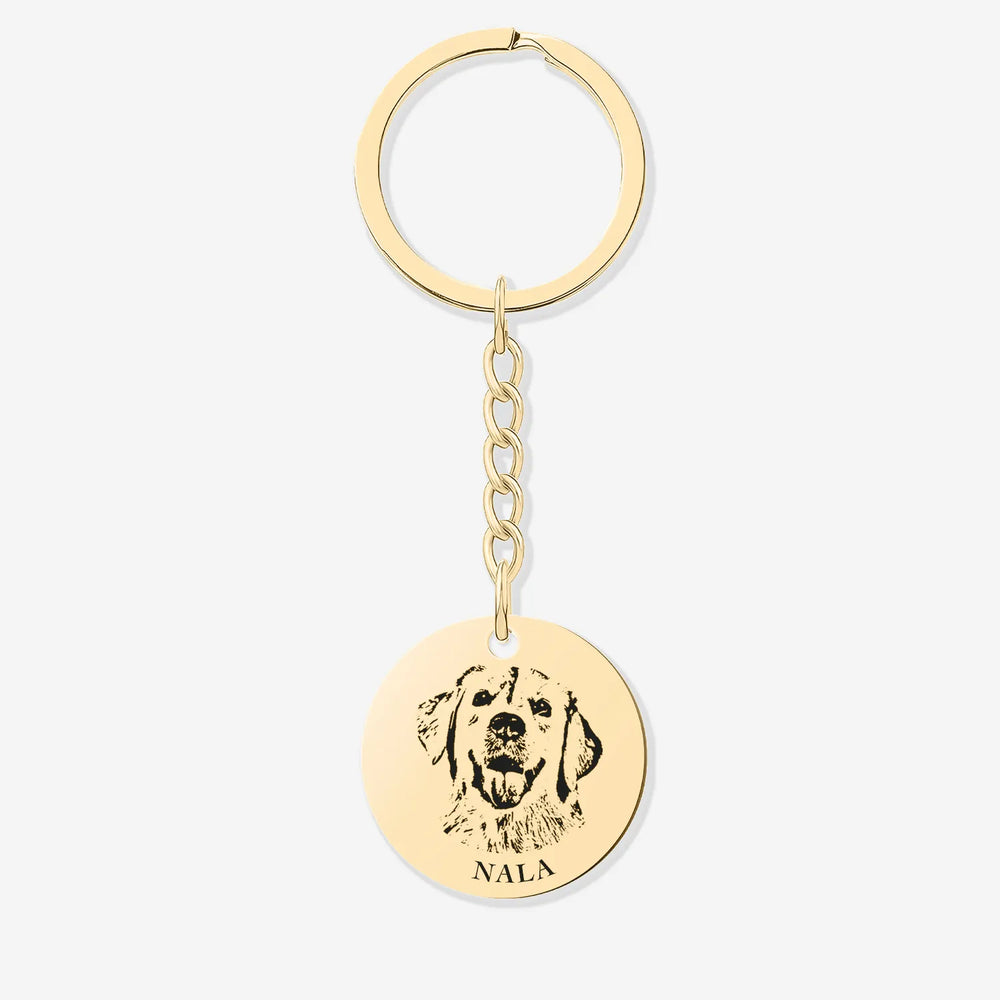Buy One, Get One FREE
Signs Your Dog is Dying: How to Recognize and Prepare

Signs Your Dog is Dying: Understanding the Final Stages

Recognizing the signs your dog is dying can be one of the most emotionally challenging experiences for any pet owner. As difficult as it may be, understanding these signs is crucial to providing your beloved pet with the comfort and care they need in their final days. This guide aims to help you identify these indicators, offering insight and compassion during this difficult time.
Recognizing General Signs Your Dog is Dying
Dogs often show subtle or even dramatic changes when nearing the end of their lives. Common signs your dog is dying include a noticeable decrease in appetite, increased lethargy, and a withdrawal from social interaction. According to Dr. Alice Villalobos, a leading veterinary oncologist, “A dying pet will not want to eat or drink, may have labored breathing, and will isolate themselves from their human family.” These behaviors are often accompanied by changes in sleeping patterns and a lack of interest in activities that once brought them joy, such as walks or playtime.
Signs Your Dog is Dying of Old Age
Aging dogs may exhibit specific symptoms as they approach the end of their lives. Signs your dog is dying of old age include increasing frailty, difficulty moving, and the onset of chronic illnesses like arthritis or cognitive dysfunction syndrome (doggy dementia). Older dogs may also lose bladder or bowel control, a sign that their bodily functions are shutting down. The American Kennel Club notes that "older dogs may have a decreased ability to tolerate extreme temperatures, and their coat may lose its shine and thickness." These are all natural parts of aging, but they can also signal that the end is near.
My Dog is Dying: How Long Does It Take?
One of the most common questions pet owners ask is, “My dog is dying: how long does it take?” The answer varies depending on the dog’s health condition and age. Some dogs may decline rapidly within days, while others may take weeks or even months. The process is often gradual, with periods of apparent improvement followed by further decline. Veterinarian Dr. Mary Gardner explains, "The time frame can vary greatly. It depends on the underlying cause, but generally, when a dog stops eating or drinking, they may have only a few days left."
How Do I Know If My Dog is Dying or Just Sick?

Distinguishing between illness and the end of life is not always straightforward. How do I know if my dog is dying or just sick? It’s important to look at the overall picture. If your dog is experiencing sudden symptoms like vomiting, diarrhea, or coughing, they might just be sick and could recover with proper treatment. However, if these symptoms are accompanied by a refusal to eat, drink, or move, they could be signs of a terminal condition. Dr. Ann Hohenhaus of the Animal Medical Center in New York advises, "If a pet is no longer enjoying their usual activities, it may be time to have a discussion with your veterinarian about end-of-life care."
What Are 5 Physical Signs of Impending Death in Dogs?

When a dog is nearing the end of its life, certain physical signs become more evident, indicating that the body is shutting down. Understanding these signs can help pet owners prepare for the inevitable and ensure their dog is as comfortable as possible during its final days.
-
Labored Breathing
- As a dog approaches death, one of the most noticeable signs is a change in breathing patterns. Breathing may become irregular, with shallow breaths and long pauses in between. This is often referred to as "agonal breathing," a reflex that occurs as the body struggles to maintain oxygen levels. The dog may also exhibit open-mouth breathing or gasping for air, which can be distressing to witness. According to Dr. Dani McVety, "Labored breathing is a sign that the body is no longer functioning properly, and it often indicates that death is imminent." In some cases, dogs may also develop a crackling sound in their lungs, known as rales, due to fluid accumulation, which further complicates their ability to breathe comfortably.
-
Extreme Lethargy
- Extreme lethargy is another significant sign that a dog is nearing the end of life. As the body begins to shut down, the dog will become increasingly weak and unresponsive, spending most of its time sleeping. This is not the typical tiredness seen after a long day of play; rather, the dog may be so exhausted that it struggles to lift its head or open its eyes. The energy that was once used for daily activities is now redirected to maintaining vital functions, leaving little reserve for anything else. In these final stages, even gentle stimulation, such as calling the dog’s name or touching them, may not elicit a response.
-
Loss of Bladder and Bowel Control
- As a dog’s body deteriorates, the muscles controlling bladder and bowel functions weaken, leading to incontinence. This loss of control is a common sign of the body’s decline, as the nervous system no longer effectively communicates with the muscles needed to retain urine or feces. This can be distressing for both the dog and the owner, as the dog may become soiled and uncomfortable. However, it’s important to remember that this is a natural part of the dying process. Providing absorbent pads or bedding can help manage the mess and keep the dog clean and comfortable in its final days.
-
Refusal to Eat or Drink
- A dying dog will often refuse food and water, as the digestive system slows down and the body no longer requires sustenance. This is a natural part of the dying process, as the body begins to conserve energy and prepare for the end. The dog may turn away from food it once loved or only take a few sips of water before refusing more. According to Dr. Alice Villalobos, "Loss of appetite is common in dying pets. The organs are shutting down, and the body no longer has the ability to process food or hydration efficiently." This can be one of the most difficult signs for pet owners to witness, as it marks a significant decline in their dog’s condition.
-
Changes in Gum Color
- The color of a dog’s gums can be a clear indicator of its overall health. In a healthy dog, the gums are usually pink, indicating good blood circulation and oxygenation. However, as a dog nears death, the gums may turn pale, white, or bluish. This change is often due to a lack of oxygen in the blood, known as cyanosis, or poor circulation as the heart and lungs begin to fail. Gums may also feel cold to the touch, indicating that the body is no longer effectively maintaining its core temperature. Veterinary experts suggest that monitoring gum color can provide valuable insight into a dog’s condition, helping to determine when it might be time to consider end-of-life care.
These signs are often the most telling indicators that a dog is nearing the end of its life. According to Dr. Dani McVety, founder of Lap of Love Veterinary Hospice, "Recognizing these signs can help pet owners decide when it’s time to say goodbye."
Providing Comfort and Care During Your Dog’s Final Days
During your dog’s final days, your primary goal should be to provide comfort and alleviate pain. Ensure that they have a peaceful and quiet space, free from stress or disturbances. Soft bedding and easy access to water are essential. Pain management is also crucial—your veterinarian may prescribe medication to help your dog feel more comfortable. Additionally, spend quality time with your dog, offering love and reassurance. These moments will be precious both to you and your pet.
Stay With Your Dog
Caring for a dying dog is one of the hardest tasks a pet owner will face, but by recognizing the signs your dog is dying and providing comfort, you can ensure that your pet’s final days are filled with love and peace. Always consult with your veterinarian to guide you through this process, and cherish the time you have left with your loyal companion.
